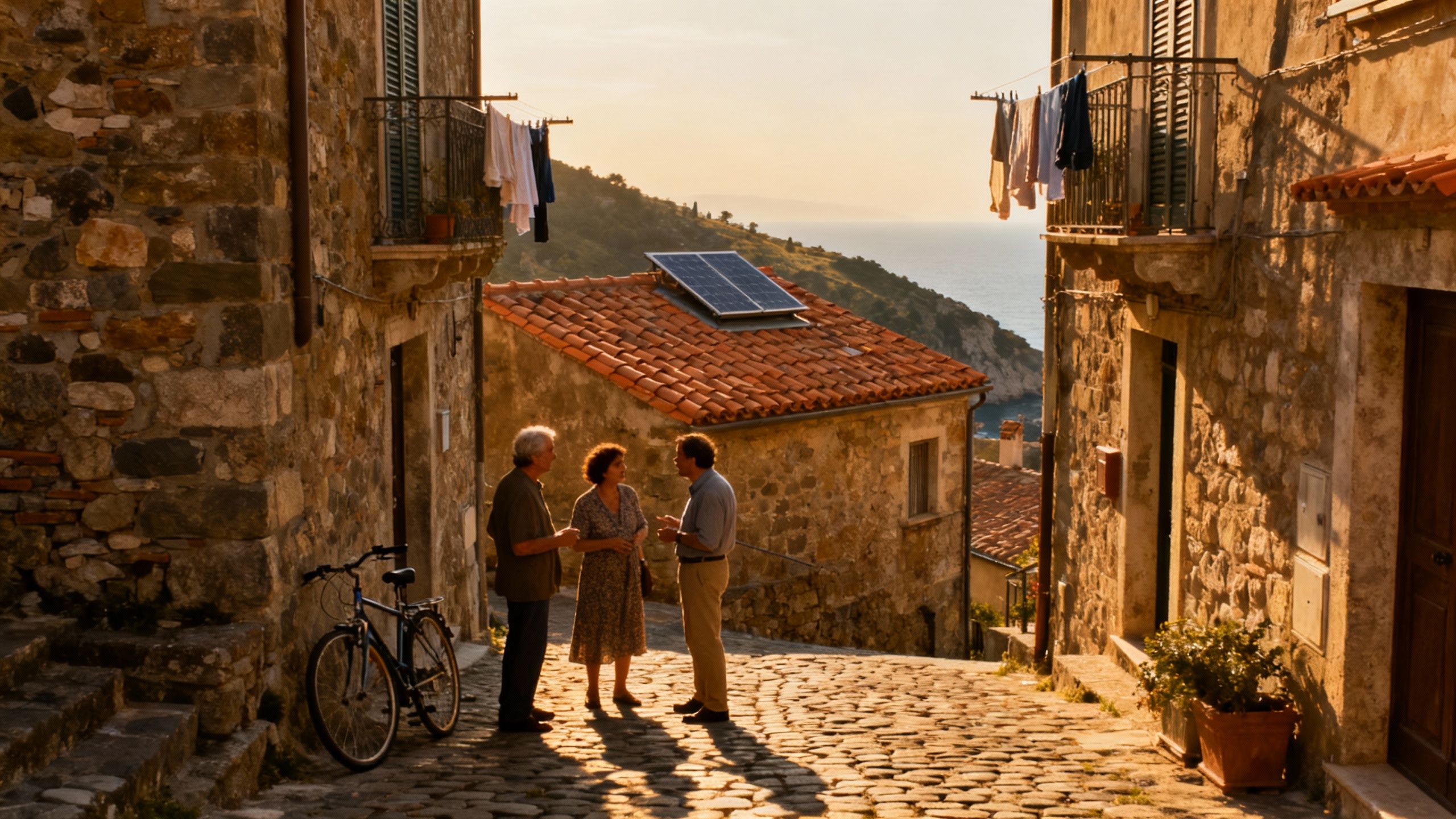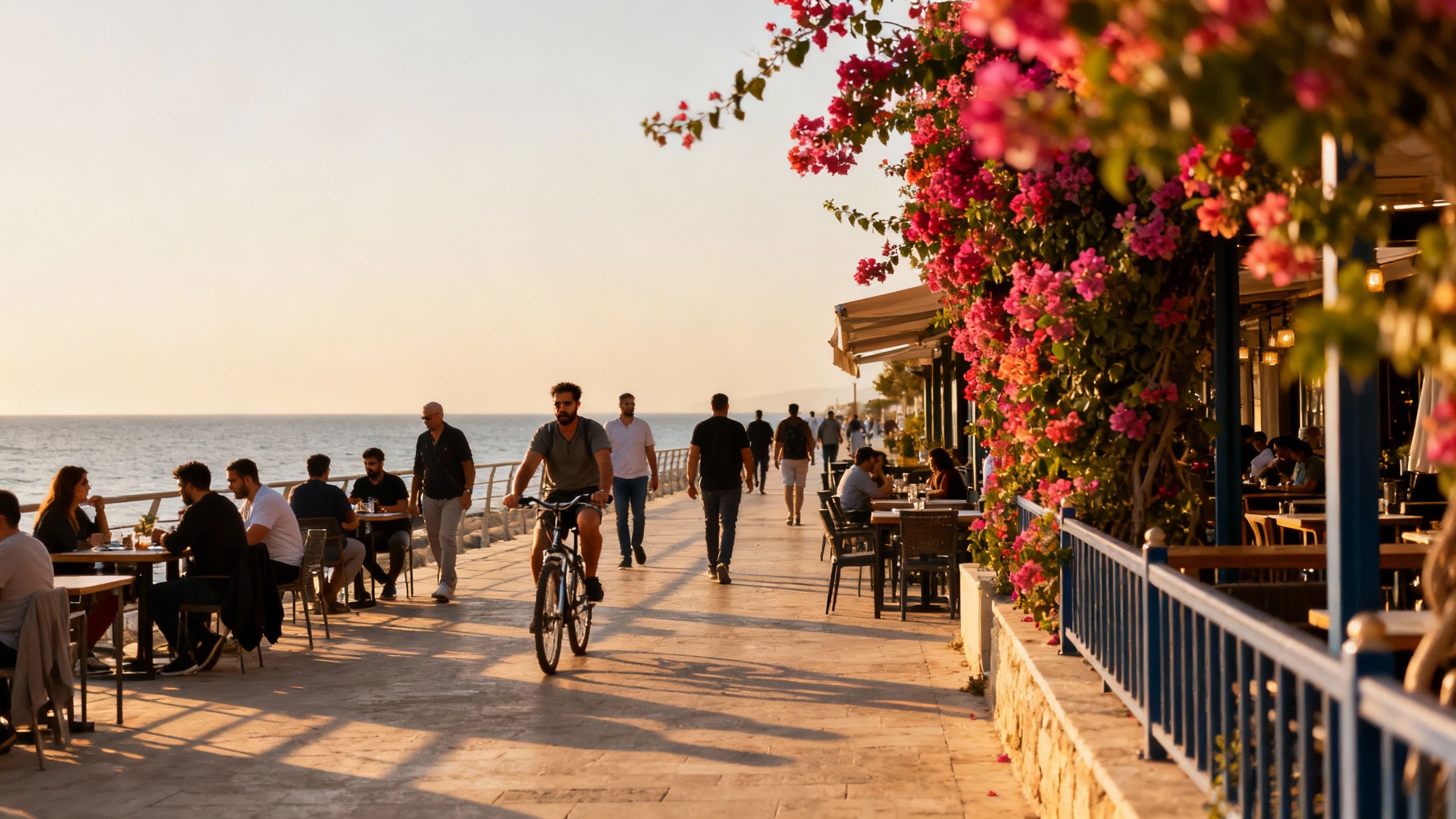Why France’s 'Too Remote' Villages Are Worth Your Notice
Contrary to the 'too remote' label, France’s small villages are reviving with craft, community and remote work—discover lifestyle truths and practical checks for buyers.
Imagine stepping out at dawn to a village square where the boulangerie's wood-fired loaves steam in your hands, a repairman tunes the bell on the mairie and a potter sets out clay on a sun-warmed table. In France that small-scale, seasonal rhythm still shapes daily life in places many buyers call "too remote." Recent market analysis shows activity returning to broader French markets, yet those quiet villages are seeing a different kind of revival — one driven by ecology, craft and people choosing slower rhythms over headline headlines. This piece is for the buyer who wants life first: to know how a hamlet with a shuttered café might actually be the place where your everyday renews itself.
Living the France life that surprises you

France is less about a single image and more about a thousand living scenes: morning markets in Aix‑en‑Provence, oyster stalls on the Charente coast, chestnut‑smoke perfume in Ardèche villages, and schoolchildren cycling past stone wells in the Lot. Living here means small rituals — a café along Rue des Vinaigriers in Rouen, a Saturday marché on Place du Marché in Sarlat — each place folding seasonal change into daily life. For international buyers who dream of connection, these patterns matter more than glossy rooftops: they tell you where neighbors meet, where food is grown, and how houses breathe with the weather.
Neighborhood spotlight: hamlets and 'too remote' communes
Walk through many French departments and you’ll find villages where the café closed ten years ago and the mairie now hosts a monthly film club. New laws and local initiatives — designed to ease licences and reanimate "third places" — are actively trying to reverse that decline, making these villages more socially viable. That shift means properties once written off for being remote are now attractive to people seeking community, craft workshops and greener living. If you want a place where neighbors trade eggs for repairs and a seasonal fête brings everyone out, look past the tourist map and toward the lane where life is quietly returning.
Food, craft and season: how local economies shape daily life
Traditional crafts — woodworkers in the Cévennes, weavers in Alsace, potters in Limousin — are not tourist props; they are economic anchors that set the tempo for markets and festivals. Seasonal work, from truffle gatherings to chestnut harvests, makes the calendar tangible: autumn means drying racks and community meals; spring means garden restoration and repair of stone roofs. These rhythms give a home a purpose beyond investment: a place to compost, to re‑build with reclaimed oak, to host a marché or ceramics evening that stitches you into the social fabric.
Village lifestyle highlights
Weekly marché: buy cheese from the same producer every month and learn the seasons.
Pottery or carpentry workshops in former barns, often run by locals teaching traditional skills.
Neighbourhood fêtes and harvest dinners where newcomers are welcomed into centuries‑old recipes.
Making the move: lifestyle needs meet property reality
Dreams of a lime‑washed farmhouse often collide with practical questions: insulation, broadband, water systems and seasonal access. Broad market trends show activity returning to French markets overall, yet micro‑markets behave differently — a restored mill in Dordogne will move on different economics to an apartment in Lille. Blend lifestyle priorities (workshop space, south-facing garden, proximity to a marché) with these realities early and you avoid the common mismatch between image and daily life.
Property styles that suit green living
Stone longères, restored fermettes and small courtyards lend themselves to low‑impact upgrades: add south‑facing glass, thermal insulation with natural materials, rainwater harvesting and a modest PV array. Many buyers find that modest renovation — upgrading DPE ratings, improving passive solar gain, and retaining local stone — yields the most authentic and resilient homes. Research on telework mobility shows remote work can support rural moves, but available connectivity and workspace design are decisive: a home office with reliable broadband changes whether a village becomes your year‑round address or a weekend refuge.
Working with local experts who understand life here
Find an agent who knows the lane, not just the town hall: local agents and artisans will tell you if the well runs dry in August, where winter sun hits the attic, and which roofs need structural work. A stewardship-minded notaire, architect or builder who values reclaimed materials helps keep renovations authentic and compliant with regulations such as RE2020 for new works. An agency that can introduce you to mayors, café owners and the potter down the lane is a lifestyle broker: they turn property into a lived community.
Six combined lifestyle + practical checks before you bid
Confirm broadband and mobile signal to support remote work and local business.
Ask about seasonal access (winter roads, snow clearing) and local emergency services.
Inspect traditional materials for rot, and estimate costs to retrofit with natural insulation.
Check local planning rules if you intend to open a workshop, B&B or café — mayors are key allies.
Insider knowledge: what expats wish they’d known
The mistakes people make are human: choosing a house for its photos, underestimating seasonal loneliness, or assuming every village has the same rhythm. Expats who thrive learn French at a practical level, volunteer at the fête, and invest time in local tradespeople before they start renovating. You’ll also want to think in terms of stewardship: a house that encourages biodiversity — pollinator gardens, hedgerow restoration — will reward you with a deeper sense of belonging and lower long‑term maintenance.
Cultural integration: small gestures that open doors
Bring a gift of bread or jam when you first knock on a neighbour's door, help at the market stall, and learn the proper rhythm of greetings — these practices matter in places where relationships were built before social media. Many successful buyers tell us the first winter is the hardest; volunteering to clear the path or joining a local association pays social dividends. Language classes taught by the mairie or shared craft nights are more than cultural experiences — they are ways to become part of the village’s living story.
Long-term lifestyle and stewardship considerations
Think of a purchase as starting a decade‑long relationship with the land and community: budgets should include ongoing stewardship — hedgerow repair, solar panel cleaning, and updating insulation as standards evolve. Broader economic conditions shape affordability and local services, so balance romantic impulse with a plan: who will tend the garden if you travel? Who will collect rent if you decide to let seasonally? Smart stewardship keeps the place alive and preserves value in a market that is becoming kinder to eco‑minded homes.
If the idea of life in France for you is early markets, clay under your fingernails and a café that knows your order, then villages labeled "too remote" may be where that life is still possible and affordable. Begin by visiting off‑season, meet the people who run daily life, and hire local specialists who care about materials and ecology. When you buy with curiosity and humility, a stone house can become a workshop, a garden and a community hub — and your move will feel less like an escape and more like a homecoming.
Next steps: visit in shoulder season, ask local agents about electric grid and licence flexibility, and meet craftworkers who can estimate real renovation costs — simple actions that turn a dream into an honest plan. Agencies that foreground stewardship and local networks will connect you to the right people; they don’t just sell houses, they help you join a living place.
Norwegian market analyst who relocated from Oslo to Provence; guides investors with rigorous portfolio strategy and regional ecological value.


